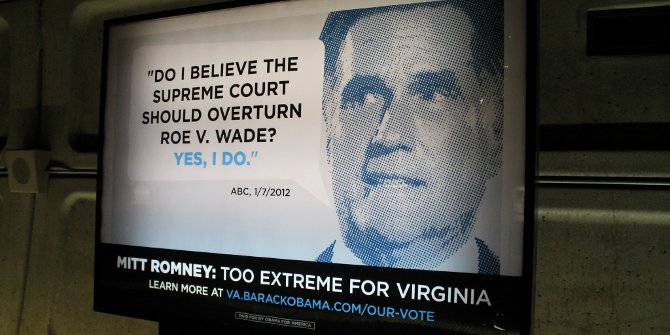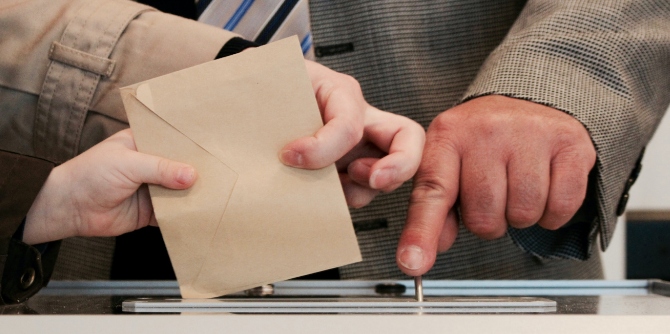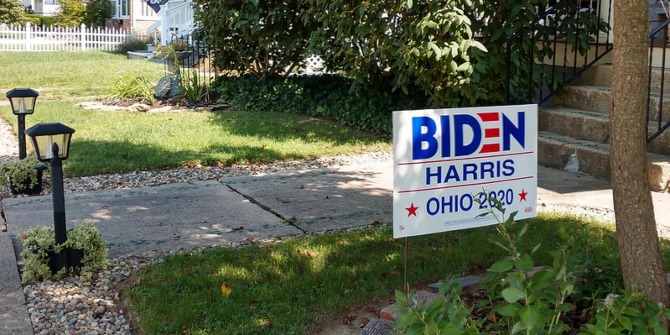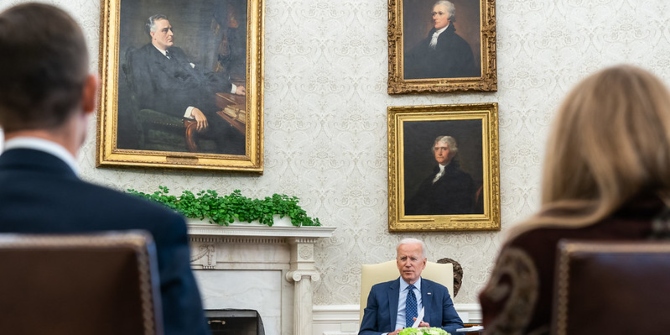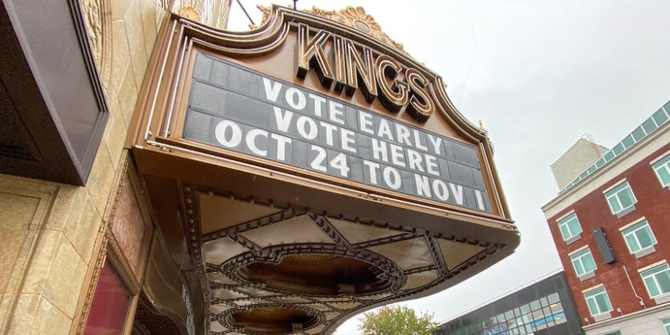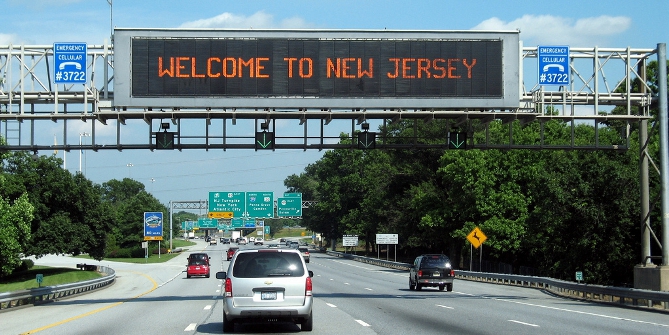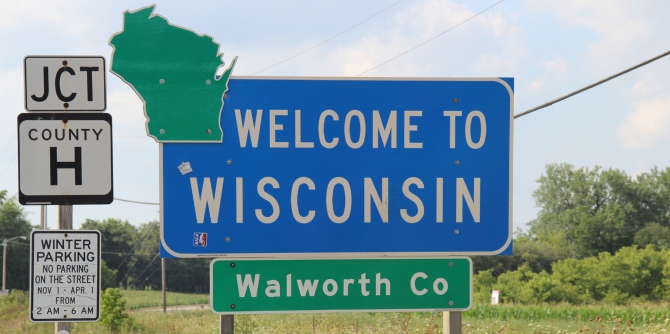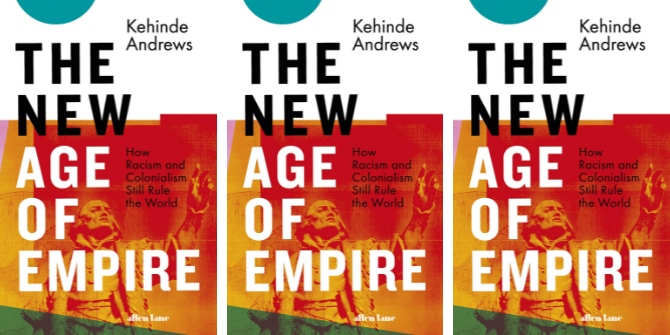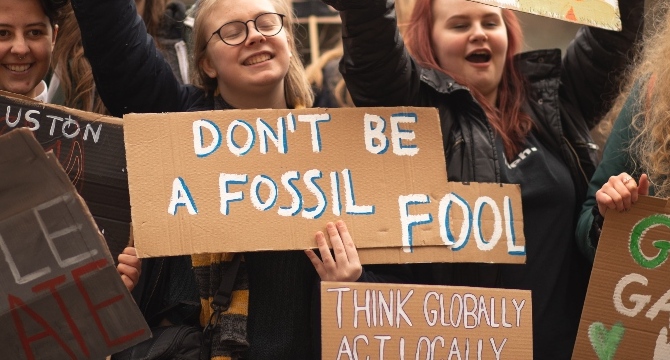

 More than 80 percent of advertisements in political campaigns are negative; a type of messaging that is much less common in markets for consumer goods and services. Why is negativity so specific to political campaigns? In new research, Amit Gandhi, Daniela Iorio, and Carly Urban explain that the dual Democrat-Republican nature of US politics encourages candidates to go negative. They find that elections with two candidates are twice as likely to see negative ads compared to those with a greater number of candidates, and argue that the rise of a viable third party in the US might reduce the amount of attack advertising.
More than 80 percent of advertisements in political campaigns are negative; a type of messaging that is much less common in markets for consumer goods and services. Why is negativity so specific to political campaigns? In new research, Amit Gandhi, Daniela Iorio, and Carly Urban explain that the dual Democrat-Republican nature of US politics encourages candidates to go negative. They find that elections with two candidates are twice as likely to see negative ads compared to those with a greater number of candidates, and argue that the rise of a viable third party in the US might reduce the amount of attack advertising.
Political competition in the United States frequently uses negative portrayals of one’s opponent as a strategic weapon. The sheer amount of money spent on negative advertising is alarming; for example, Senator John Kerry and President George Bush together spent $522 million on advertising in the 2004 presidential campaign, with over 70 percent of this amount spent on negative messaging. In the November 2010 electoral contests for state and federal office, 80 percent of advertisements were negative. The prevalence of negative advertising and the potential harm it may pose to the health of a democracy is a serious concern to policymakers and leads to regulations that aim to inhibit negativity.
What is missing from the discussion of negative advertising in politics is a clear understanding of why negative advertising is a central feature of US political contests. If negative advertising is common in politics, why is it less common in the marketing of consumer goods? What is it about the nature of political competition, especially in the United States, that lends itself towards going negative?
An important part of the explanation lies in a unique feature of US political markets: the presence of only two dominant parties. The two-party system resembles duopoly competition between political candidates in a general election, whereas there are few duopolies in the consumer product market. There is a rationale for why duopolies are more likely to go negative: when the number of competitors is greater than two, engaging in negative ads creates spillover benefits for those opponents who are not the object of the attack. In contrast, positive ads benefit only the advertiser. For example, if Candidate A attacks Candidate B, Candidate C benefits from this attack without having to pay for it himself.
The spillover effect makes it less beneficial to use negative advertising when faced with more than one opponent. This explanation is consistent with the following armchair observation: for the most obvious cases where a consumer product market looks like a duopoly, some very well-known negative advertising campaigns exist (e.g., Apple versus Microsoft). However, in product markets with more competitors, we rarely see directed negative advertising (e.g., the fast food industry).
In non-presidential primary contests within the United States, i.e., the contests among Democrats or Republicans that decide who will become the party nominee in a particular House, Senate, or gubernatorial race, the local nature provides us with independent races that vary in the number of entrants. Using data from the Wisconsin Advertising Project on all political advertisements aired in media markets across the United States for the 2000, 2002, 2004, and 2008 elections, we estimate the difference in negativity across duopoly and non-duopoly contests.
Credit: Elvert Barnes (Flickr, CC-BY-SA-2.0)
Our main finding is that duopolies have more than double the likelihood of airing a negative ad when compared to non-duopolies. In addition, adding just three competitors drives the rate of negativity found in the data close to zero.
Our findings help explain the high volume of negative advertising that is generally found in US politics. When the number of competitors in a market is greater than two, airing negative ads creates spillover benefits to the opponents who are not the object of the attack. However, political competition in the US is largely characterized by two-party contests, creating a greater incentive for negative advertising. This suggests that, perhaps including a viable third party in US contests may decrease the amount of attack advertising. It may also explain the relative negativity in US campaigns when compared to multi-party systems. For example, following a referendum, in 1996 New Zealand abandoned its first-past-the-post electoral system, characterized by a two-party system, and adopted a mixed proportional electoral system, leading to a multi-party system.
The existence of a spillover effect suggests that the number of candidates in a race can affect the incentives of candidates to engage in negative advertising. Therefore, the results have implications for the regulation of political contests. Any policy that affects entry may have unintended consequences on the advertising strategies of candidates. For example, as states move towards more inclusive nominating procedures, these expanded eligibility rules lead the number of candidates to increase. This, in turn, may decrease the negative tone of the campaign. On the other hand, if relaxing spending caps decreases the number of candidates entering the race, this could increase the volume of negative advertising. Understanding the presence of such consequences could help inform policy debates on campaign finance reform, the openness of primaries, and the amount of negativity in politics.
This article is based on the paper, ‘Negative Advertising and Political Competition’, in the Journal of Law, Economics, and Organization.
Please read our comments policy before commenting.
Note: This article gives the views of the author, and not the position of USAPP – American Politics and Policy, nor the London School of Economics.
Shortened URL for this post: http://bit.ly/22P9aQ8
_________________________________
 Amit Gandhi – University of Wisconsin-Madison
Amit Gandhi – University of Wisconsin-Madison
Amit Gandhi is a Professor of Economics at the University of Wisconsin-Madison. He received a PhD and MBA from the University of Chicago and a B.S. from he University of Michigan. His research has focused on understanding market power in imperfectly competitive industries where he has developed a variety of econometric approaches for estimating consumer demand and firm productivity. His research has appeared in peer-reviewed outlets like Econometrica, the Journal of Political Economy, and the Review of Economic Studies.
 Daniela Iorio – University of Bologna
Daniela Iorio – University of Bologna
Dr. Daniela Iorio joined the University of Bologna in 2014, and has held positions at the University of Southern California, Universitat Autònoma de Barcelona, and the European University Institute. She holds a Ph.D. in Economics from the University of Pennsylvania. Her main research interests lie in political economy, public economics, and health economics. She has published articles on international journals such as the Journal of Human Resources, the Journal of Law, Economics, and Organization, and Economics Letters.
 Carly Urban – Montana State University
Carly Urban – Montana State University
Dr. Carly Urban is an Assistant Professor of Economics in the Department of Agricultural Economics and Economics at Montana State University. She holds a Ph.D. in Economics from the University of Wisconsin-Madison and a B.A. in Economics and International Affairs from the George Washington University. Her research focuses on economics of the political market and the policy analysis of financial interventions, and has been published in top economics journals including the Economic Journal, the Journal of Human Resources, and the Journal of Economics, Behavior, and Organization.


